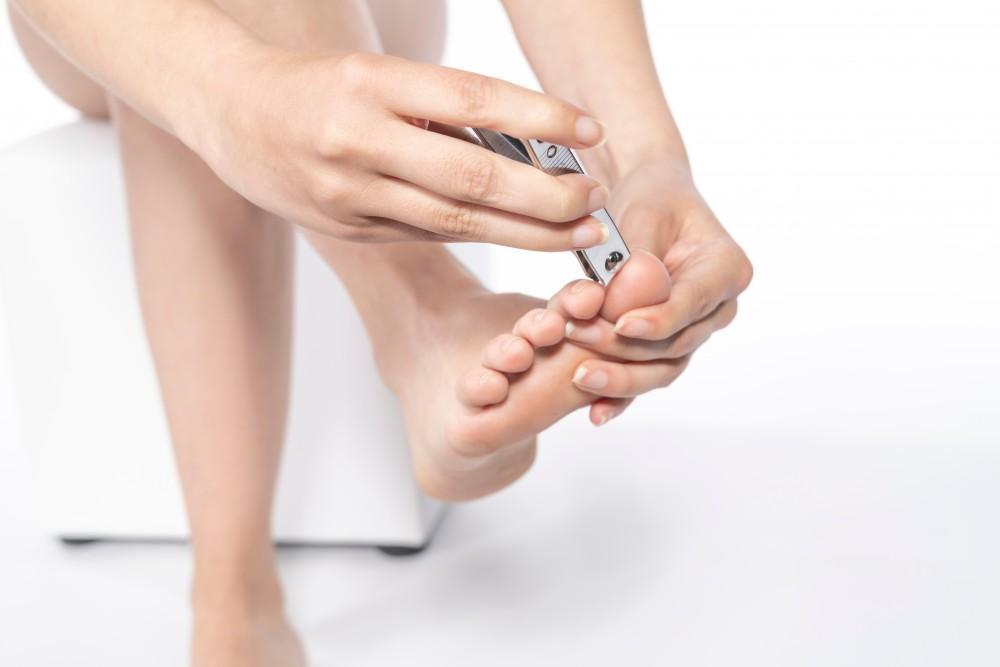
Sports That Can Lead to Stress Fractures

No sport comes with a no-injury guarantee, so it’s best to know what you’re up against when you lace up and take the field. If not, you run the risk of being sidelined by what could have been a preventable injury.
Here, our team of experts at Family Foot and Ankle Center of South Jersey takes a closer look at stress fractures and investigates the sports that are most often behind them.
Where stress fractures come from
Stress fractures are one of the most common sports injuries. They occur when overuse and repetitive stress fatigue your muscles and make them unable to absorb shock. As a result, your bones become overloaded with stress, and small cracks begin to form.
What follows is intense pain and swelling that can make it difficult (and sometimes impossible) to train and play the way you once did.
Sports with a high risk for stress fractures
Stress fractures aren’t unique to any one sport. Instead, they occur more frequently in sports that require specific types of movements, namely running and jumping. Some of the sports that see the highest number of athletes sidelined by stress fractures include:
- Basketball
- Track and field
- Gymnastics
- Dance
- Volleyball
- Tennis
All these sports require making repeated, high-impact movements that put a great deal of force on your bones, resulting in painful stress fractures.
Other factors that contribute to stress fractures
The type of activity you do isn’t the only reason you might develop a stress fracture. Some other risk factors include:
- Practicing incorrect technique
- Having too rapid a training program
- Not resting enough between activities
- Changing your activity level to quickly
- Changing the surface you exercise on
- Training on a hard or sloped surface
- Using poor equipment, including improper footwear
- Having a poor diet and/or low levels of vitamin D
- Being overweight or underweight
- Having anatomical abnormalities in your foot
We’d also like to note that age plays a role in stress fractures. Younger athletes whose bones are still working toward maturity and older athletes whose bones are more brittle are often at an increased risk.
How we treat stress fractures
If you suspect you have a stress fracture, we begin by conducting a thorough review of your symptoms and medical history. We also take detailed images of your injury with an X-ray or MRI to ensure an accurate diagnosis and guide our treatment recommendations.
Fortunately, many mild stress fractures simply need time for rest and recovery. If you need extra intervention, we may recommend:
- Wearing custom orthotics
- Stabilizing your injury with a brace or tape
- Physical therapy
- Strength and stretching exercises
Your treatment plan is customized to fit your needs and help you get back to your activity as quickly as possible.
What you can do to prevent stress fractures
No athlete wants to be sidelined for any reason, especially one so small as a stress fracture. That’s why we help you make the necessary adjustments to reduce the risk of stress fractures showing up again.
One of the first places we start is with your footwear. Simply upgrading your shoes to be more comfortable and supportive can go a long way in protecting your feet and ankles, as well as preventing shin splints and IT band injuries.
We also make suggestions about how you can improve your training routine to be more bone-friendly. For example, it’s a good idea to cross-train and not play one sport all year long. This takes the stress off the areas of your body that your sport impacts most often and gives your bones a chance to recover.
Stress fractures are a game pauser, but they don’t have to be a game ender. If you think you have a stress fracture, call or click to request an appointment at our Cherry Hill, New Jersey, office to talk with one of our experts today.
You Might Also Enjoy...


5 Ways to Keep Your Bunion Pain to a Minimum

Gout: What Is It and How Can I Get Rid of It?

Complications of an Untreated Ankle Sprain

Suspect You’ve Broken Toe? How To Tell and What to Do


